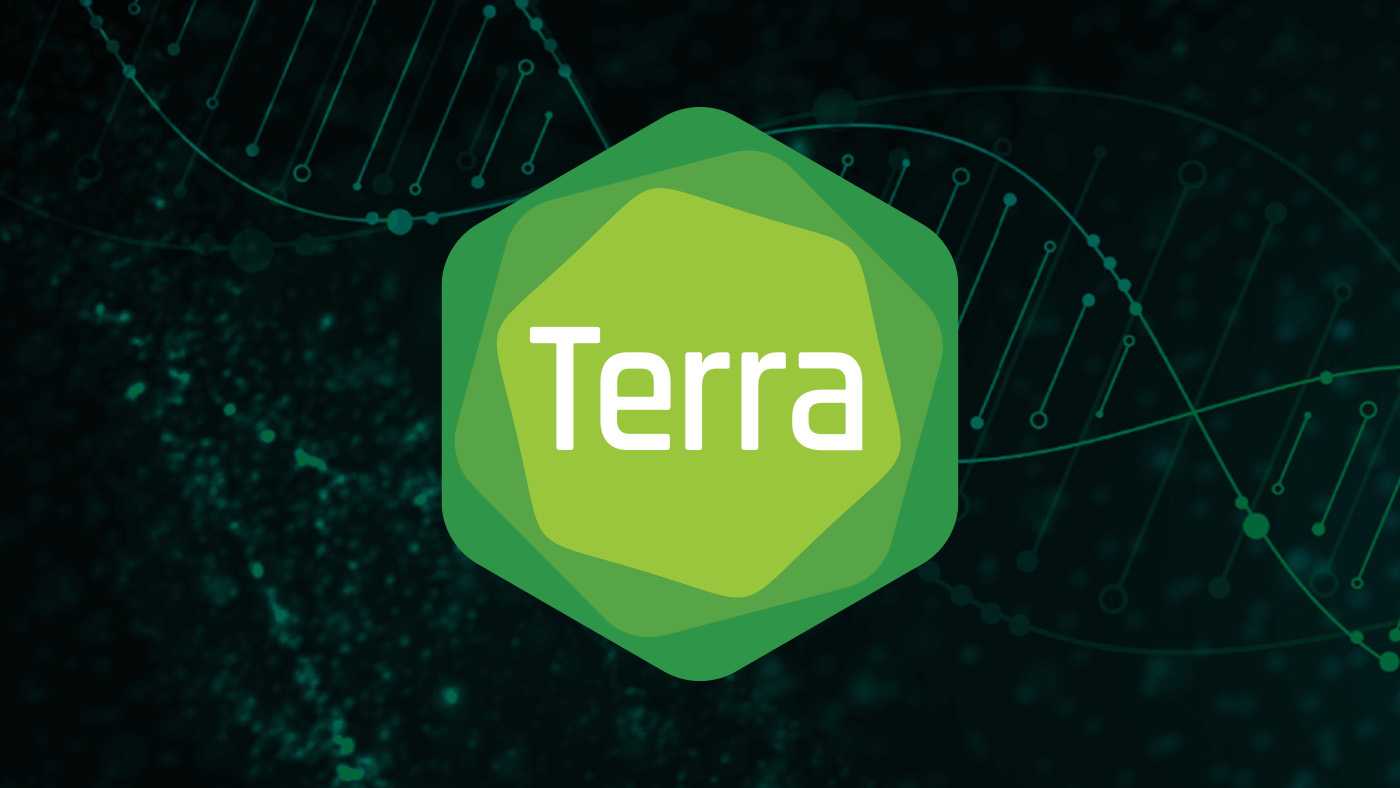By Kenji Takeda (opens in new tab), Director, Azure for Research, AI and Research

Nicola Bonzanni, Co-Founder, ENPICOM
Ever since Nicola Bonzanni was a little boy playing in the tiny Italian village of Bonate Sotto, just north of Milan, he was fascinated by nature and by building things. As he grew up, he wondered how computing and nature might be intertwined. “While I was studying computer science I was inspired by nature in building new algorithms. But then I thought perhaps you could do it the other way around, basically taking things that are being developed in computer science and apply them to biological problems.”
Spotlight: Blog post
Eureka: Evaluating and understanding progress in AI
How can we rigorously evaluate and understand state-of-the-art progress in AI? Eureka is an open-source framework for standardizing evaluations of large foundation models, beyond single-score reporting and rankings. Learn more about the extended findings.
After finishing his master’s thesis, he looked for opportunities to pursue his dream. He met a Dutch researcher while at a workshop in the south of France. The team at Vrije Universiteit Amsterdam was looking for a PhD student, so they interviewed Nicola. Despite his fears about his English proficiency, his passion for combining computer science and biology came across. Professor Jakob (Jaap) Heringa was impressed. “The fact that he already seemed to be able to combine computer science and life sciences was a very good sign to us, and we decided to hire him based on that.” So Nicola packed his bags and moved to Amsterdam, even though he had never been there before.
The next stop on Nicola’s path was developing novel methods for analyzing sequences of genes to look at how they evolve through a process known as phylogenetic fingerprinting. He teamed up with Professor Berthold Göttgens at the University of Cambridge to apply computer science to better understand leukemia, particularly how different genes in blood cells interact with each other.
Nicola wanted to share his work and was inspired to build a web-based tool called ConBind.org (opens in new tab) to help others around the world studying the same thing, delivering it as Research as a Service (RaaS). He chose this model of delivery so that researchers without access to powerful computers could still do the computationally intensive work. The idea for deploying his bioinformatics service in the cloud came to Nicola after he attended a Microsoft Azure for Research (opens in new tab) training session in Amsterdam and successfully applied for an award for his project (opens in new tab). The cloud provides the on-demand scalability needed for running his complex bioinformatic queries, and he’s now using the Azure Batch (opens in new tab) service to make it even easier.
While his research originally focused on understanding cancer, the techniques are equally applicable to all living things: viruses, bacteria, plants and animals. That led Nicola to see if his tool could help farmers achieve such benefits as creating drought-resistant plants, or increasing crop yields. So, he contacted KeyGene, one of the world’s leading AgBioTech companies.
“KeyGene’s passion is crop innovation, getting new and improved crops or actually making the technology that we provide to plant-breeding companies and food industry,” explained Jan van Oeveren, program scientist lead discovery at KeyGene. Genomics is being used to identify key traits that are of interest to the plant breeder, for example disease resistance or shelf life. “We’re excited to work with Nicola to see if the ConBind tool can be applied to plant genomics. Currently we’re only looking at genes themselves. With ConBind, we’re also looking outside the genes to see how other parts of the genome of the DNA affect a certain trait.”
Nicola isn’t stopping there. His next project, in collaboration with a friend, Alvise Trevisan, is a startup called ENPICOM, supported by the Microsoft BizSpark program (opens in new tab). This company combines their expertise in software engineering and life sciences to build the “Internet of Living Things.” This project aims to connect individuals with their environment, their health and their genomics, using Azure IoT Suite. Said Nicola, “The next step in the Internet of Living Things is using AI and Cortana Intelligence to make complex decisions using a multitude of different data sources.”
It’s been an amazing journey for Nicola, starting in Bonate Sotto, where his passion for nature and technology was born, to his exciting new startup ENPICOM. “I think that the challenge of this century is transforming life science in an engineering process and to do that you need to bring engineering into life science. And although probably I will not see the end of this journey, I would like to participate in it.”
Learn more
- Conbind.org (opens in new tab)
- ENPICOM (opens in new tab)
- KeyGene (opens in new tab)
- Vrije Universiteit Amsterdam (opens in new tab)
- Azure Batch (opens in new tab)
- Cortana Intelligence Suite (opens in new tab)
- Azure IoT Suite (opens in new tab)
- Microsoft Genomics (opens in new tab)
- Microsoft Azure for Research (opens in new tab)
- Microsoft Azure (opens in new tab)





